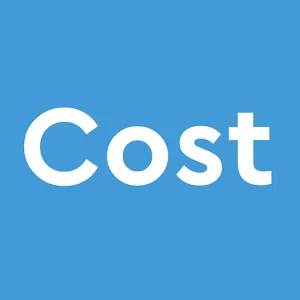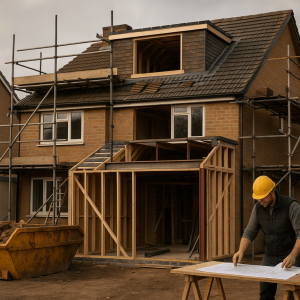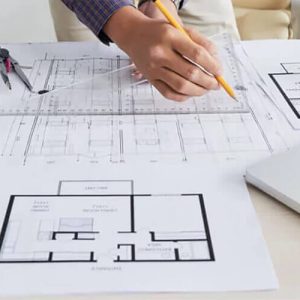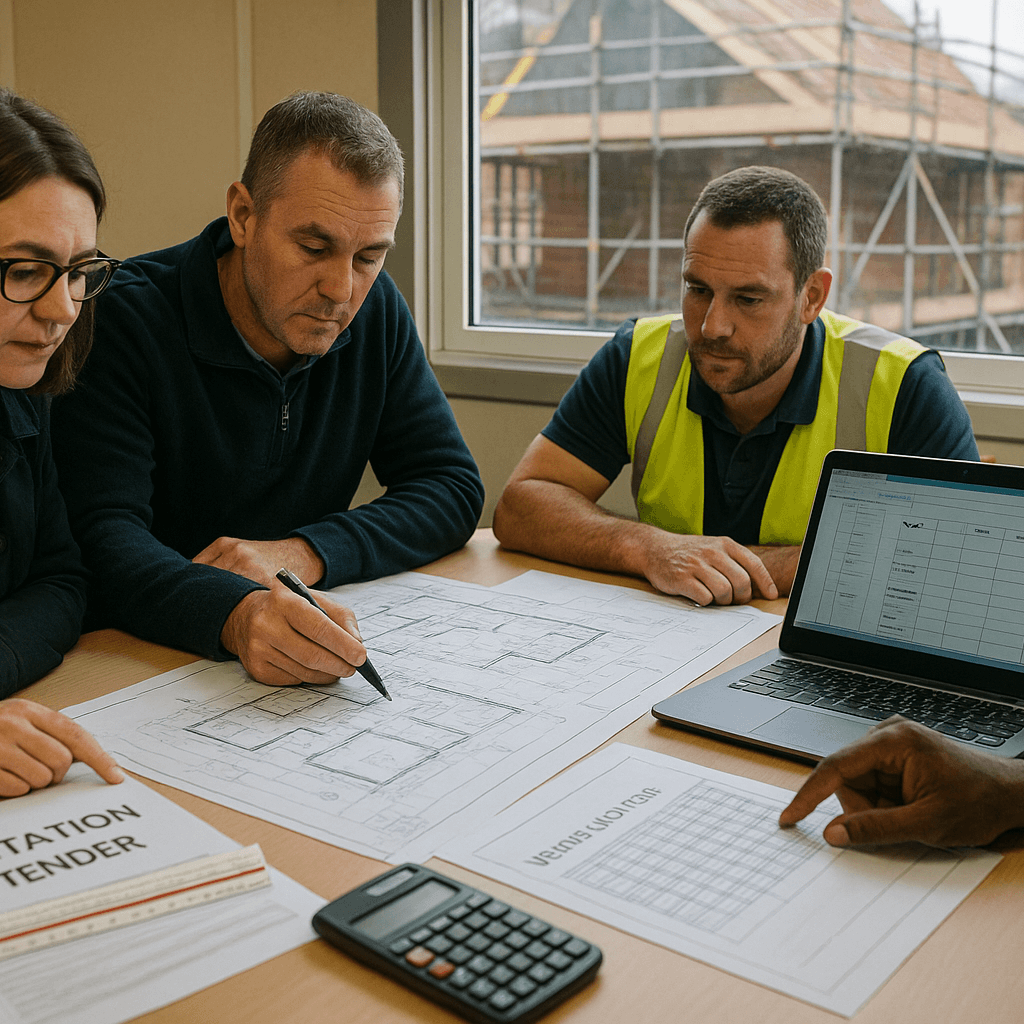Ever wondered how construction projects keep their spending in check right from the outset? The magic lies in accurate construction cost estimating, a critical task that impacts potential profits and ensures projects stay within budget. But what exactly does this process involve, and how can you ensure you’re hitting the mark every time? Let’s delve into the world of construction cost estimators and the strategies they employ to secure successful bids.
What is Construction Cost Estimating?
At its core, construction cost estimating is the process of forecasting the total cost of a construction project. Far from being a mere guesswork, this task requires precision and no shortcuts. Errors made during the estimating phase can prove costly, impacting profit margins even after project completion.
Making informed decisions during this phase is crucial. Accurate estimates ensure that the project remains on time and within budget, paving the way to maximize profitability. It’s an investment in resources that truly pays off.
The Role of a Construction Cost Estimator
As a construction cost estimator, familiarity with the basics is just the starting point. Today’s industry standards suggest leveraging advanced estimation software to streamline processes. This technology aids in submitting timely bids, accommodating changes, and ultimately enhancing profit margins.
Different Flavours of Cost Estimates
Construction cost estimates can be categorized as follows:
- Preliminary: An initial ballpark figure based on limited data.
- GEFA: An estimate considering external dimensions and construction details.
- Cube Rate: Calculations based on the total volume of the building.
- Elemental: Costs broken down to essentials like structural frames and floor finishes.
- Detailed Estimate: An exhaustive, itemised list covering all trades along with associated labor, materials, and equipment costs.
Calculating Construction Costs Accurately
The estimation process involves a comprehensive gathering of all the necessary details. Cost elements include:
- Direct Costs: Expenses like materials, labor, and equipment directly involved in construction.
- Indirect Costs: Includes utilities, legal fees, permits, and other ancillary expenses.
- Labor Costs: Wages, taxes, and overtime projected for your team.
- Subcontractor Costs: Expenses for contracted work that includes labor, materials, and equipment.
Common Pitfalls in Cost Estimation
Despite the straightforward nature of estimation, common pitfalls can arise:
- Overlooking Review Processes: It’s vital to double-check your estimations to avoid costly miscalculations.
- Fluctuating Material & Supply Costs: Stay abreast of market changes to keep your estimates accurate.
- Underestimating Labour Costs: Estimating labor based on realistic hours is crucial to avoid shortfalls.
The Advantages of Using Estimation Software
Manual calculations are not just tedious but also prone to errors. Utilising robust cost estimating software, such as those offered by Cost Estimator, can enhance the preciseness and efficiency of your estimates. These tools facilitate easy updates, comprehensive itemisations, and seamless adjustments to changes, ensuring you submit more winning bids.
Conclusion
Mastering the art of construction cost estimating involves keeping a keen eye on all project facets, ensuring each is meticulously calculated and cross-checked. Avoid common errors and improve your organizational efficiency by incorporating cutting-edge estimation software into your workflow. With each accurate estimate, you’re not just closing another bid but steering your project towards a more profitable completion.
FAQs about Construction Cost Estimating
- What is the most critical aspect of construction cost estimating?
- Accuracy is key, as it significantly affects the project’s profitability and adherence to budget.
- How often should cost estimations be reviewed during a project?
- Regular reviews are necessary, especially when there are significant changes in project scope or material costs.
- Can estimation software replace the need for a professional estimator?
- While software significantly aides in accuracy and efficiency, the expertise and analytical skills of a professional estimator are invaluable.
- What is the biggest mistake in construction cost estimating?
- Underestimating indirect and labor costs tends to be the most common and impactful error.
- Is it better to overestimate or underestimate in construction cost estimating?
- While neither is ideal, a slight overestimate may provide a safer buffer against unforeseen expenses compared to underestimates, which can lead to budget overruns.











